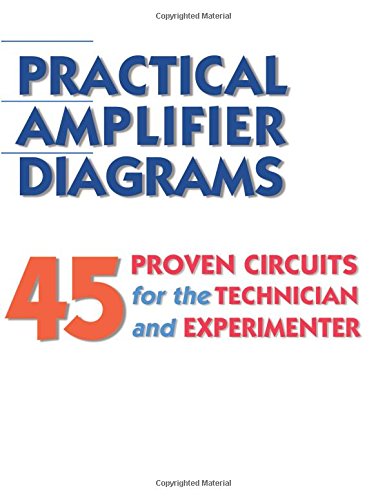jamesk
Member
Hi,
This is my first proper post here, after my post in the introduction section.
I am working on two mic preamp designs. One uses a transformer input and NE5534 gain stage, the other uses a THAT1512 IC. Both versions use Douglas Self's Quasi-floating balanced output. The preamps have identical controls, with +48V and -20dB pad switches and a stepped 12-way gain switch. The aim of the build is to create two preamps that look the same externally but have completely different topologies, and then perform blind tests on various sources to see if people have a preference for one or the other.
Here is the schematic for the transformer version:

and the THAT1512 version:

This is the gain switch for the transformer version. The THAT1512 version uses the same PCB but with different resistor values to give the same gain.

This is the PSU:

The first issue I am having is understanding the behaviour of the output stage properly. When testing, I can adjust the balance between the hot and cold outputs to be equal at 1kHz, but when I increase the frequency, they go out of balance. I also simulated the circuit in LTSpice and observed the same behaviour. Can anyone explain the reason behind this and what the best approach to balancing the output levels is. It seems like a significant flaw of the design but since it has been used in commercial products, I assume I'm missing something!
Here is the output at 1kHz:

And at 30kHz:

Thanks in advance!
James
This is my first proper post here, after my post in the introduction section.
I am working on two mic preamp designs. One uses a transformer input and NE5534 gain stage, the other uses a THAT1512 IC. Both versions use Douglas Self's Quasi-floating balanced output. The preamps have identical controls, with +48V and -20dB pad switches and a stepped 12-way gain switch. The aim of the build is to create two preamps that look the same externally but have completely different topologies, and then perform blind tests on various sources to see if people have a preference for one or the other.
Here is the schematic for the transformer version:

and the THAT1512 version:

This is the gain switch for the transformer version. The THAT1512 version uses the same PCB but with different resistor values to give the same gain.

This is the PSU:

The first issue I am having is understanding the behaviour of the output stage properly. When testing, I can adjust the balance between the hot and cold outputs to be equal at 1kHz, but when I increase the frequency, they go out of balance. I also simulated the circuit in LTSpice and observed the same behaviour. Can anyone explain the reason behind this and what the best approach to balancing the output levels is. It seems like a significant flaw of the design but since it has been used in commercial products, I assume I'm missing something!
Here is the output at 1kHz:

And at 30kHz:

Thanks in advance!
James


































